Gun guru Mike Yardley takes the Benelli 828U for a test drive…
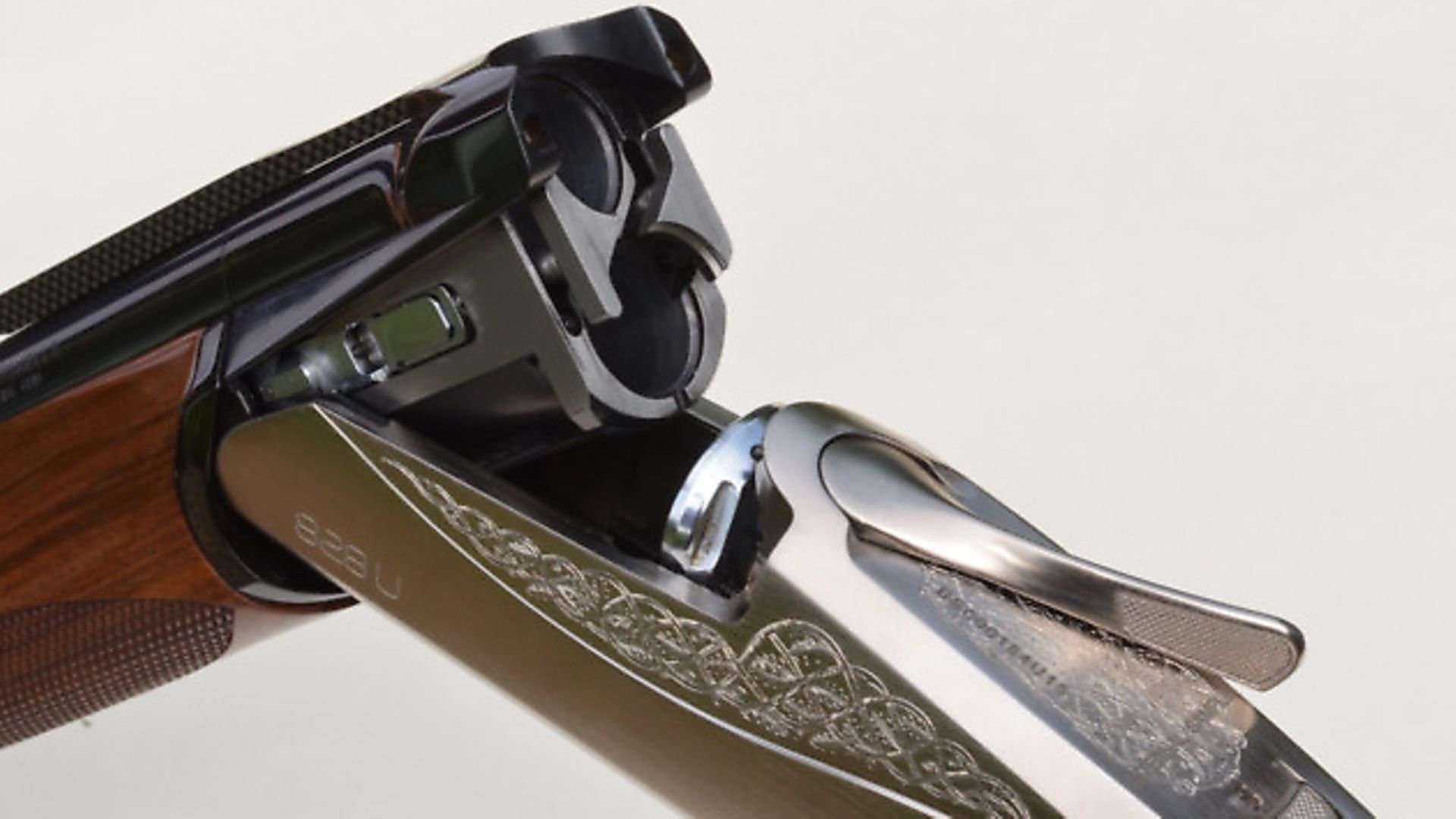 credit: Archant
credit: Archant
At a glance:
• Make/model: Benelli 828U under-and-over
• Model: 828U under-and-over
• Bore: 12
• Barrels: 26” (28” option)
• Chambers: 3” (76mm steel)
• Rib: 7mm (carbon fibre)
• Weight: 6¼lbs
• RRP: £2, 325
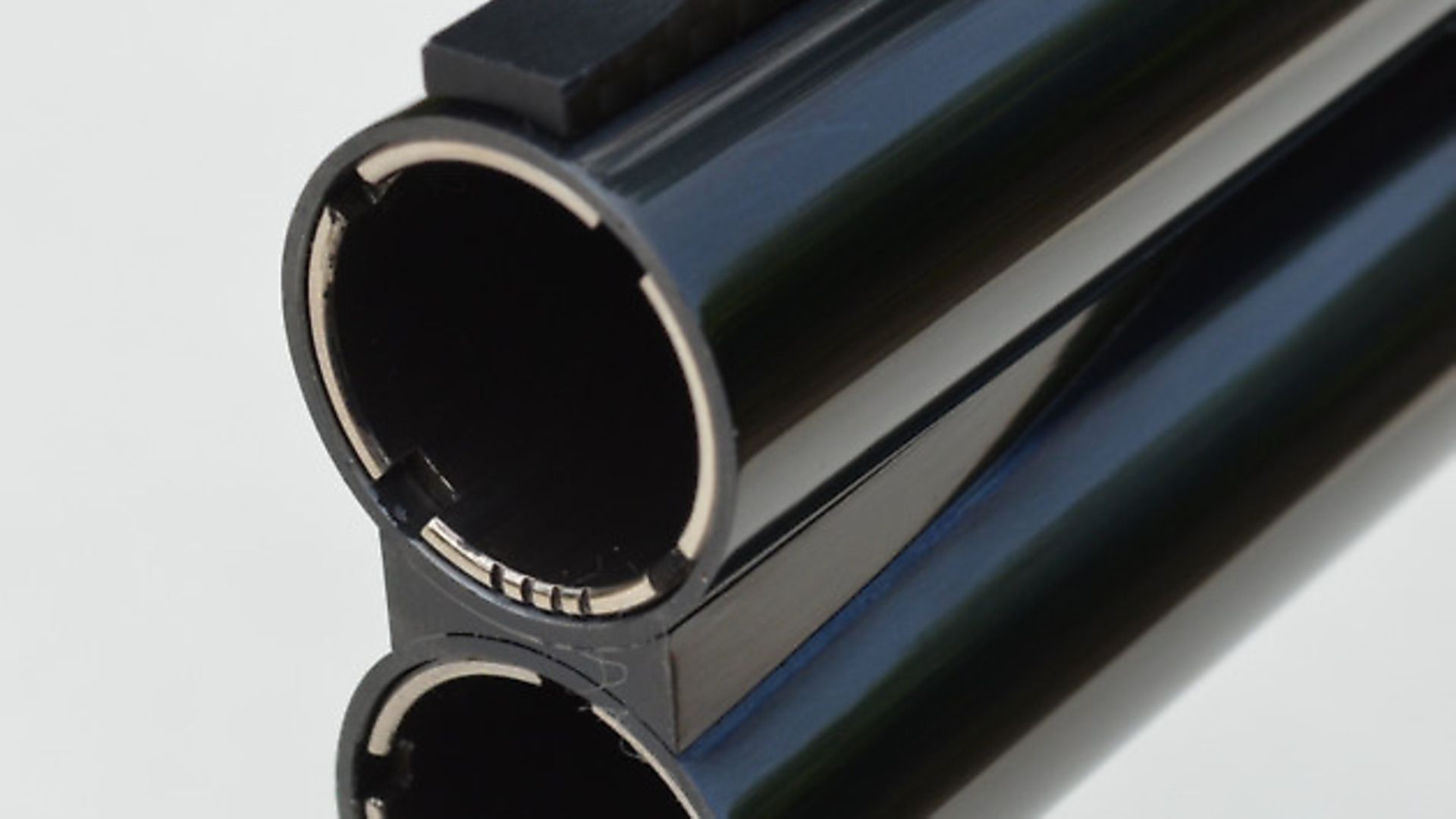 credit: Archant
credit: Archant
We liked:
• The technology and innovative design
We disliked:
• The felt recoil with 26” barrels
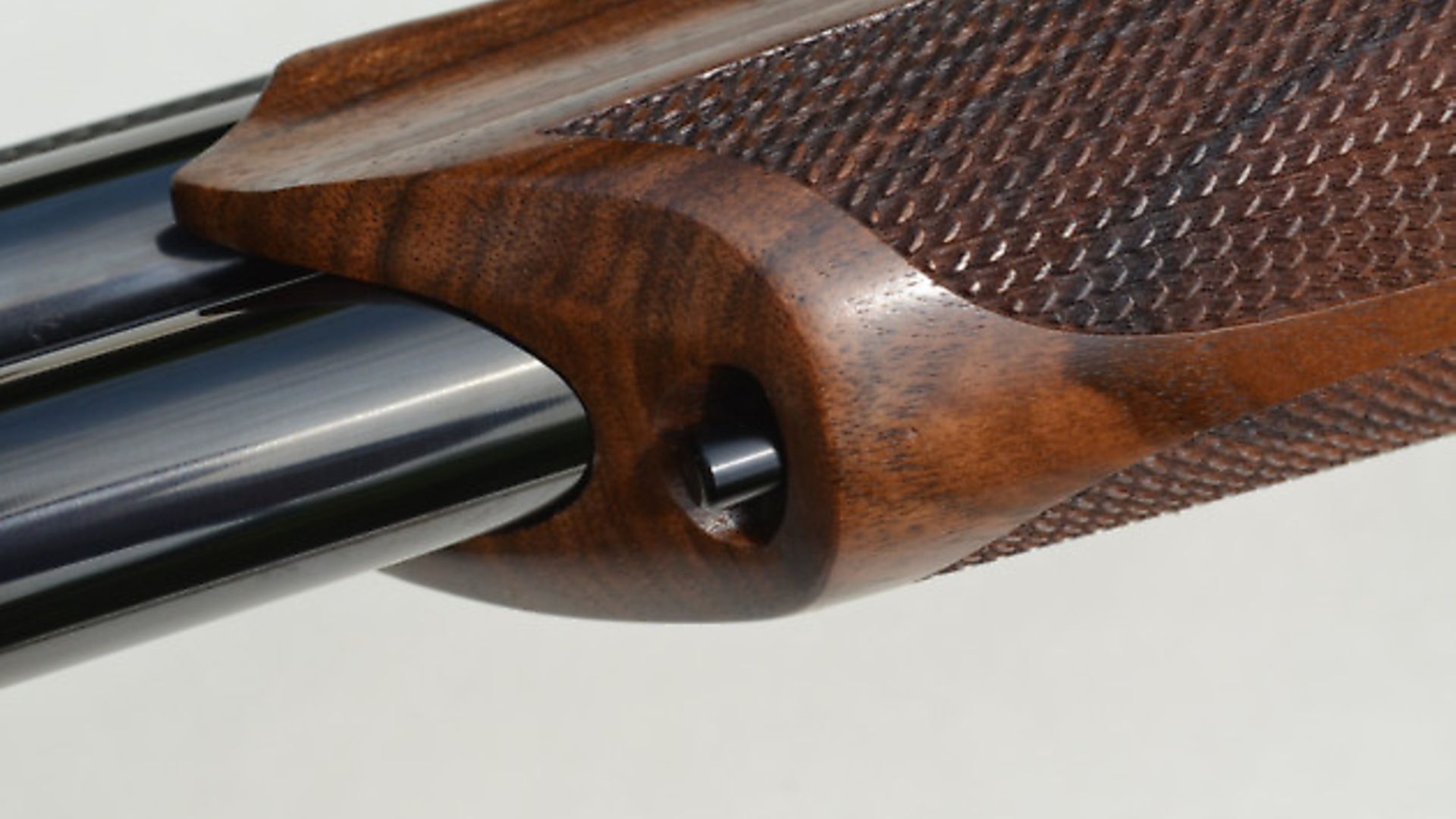 credit: Archant
credit: Archant
In detail:
First Impressions
This month’s test gun is a radical over-and-under from Benelli, an Italian firm best known for their clever inertia-operated semi-automatics. First impressions of the 828U are of a modernistic stack-barrelled shooting machine. Clearly, a lot of design and engineering expertise has been lavished upon it. It appears to be significantly influenced by the firm’s experience of repeaters in the aluminium action, unusual bolting mechanisms, and the auto-like facility to adjust stock measurements. The form is particularly distinct with a long, slightly tapered body flattened top and bottom; and unconventionally shaped controls. The ergonomics seem good. Decoration is fairly plain - a mechanically applied oak leaf and ribbon engraving to top and bottom of the action; to the rear are fish scales which blend into similarly styled laser-cut checkering on the grip.
This idiosyncratic gun – which weighs in at only 6¼lbs – is unlikely to appeal to everyone, especially those of a traditional mindset, but it does break new ground. It must also be said that this is not a model intended primarily for the British market or driven shooting. It is likely to draw attention from Continental, American and Scandinavian sportsmen who walk up their game, often in hilly but wooded country, and consequently look for fast handling, lightweight or ultra light guns.
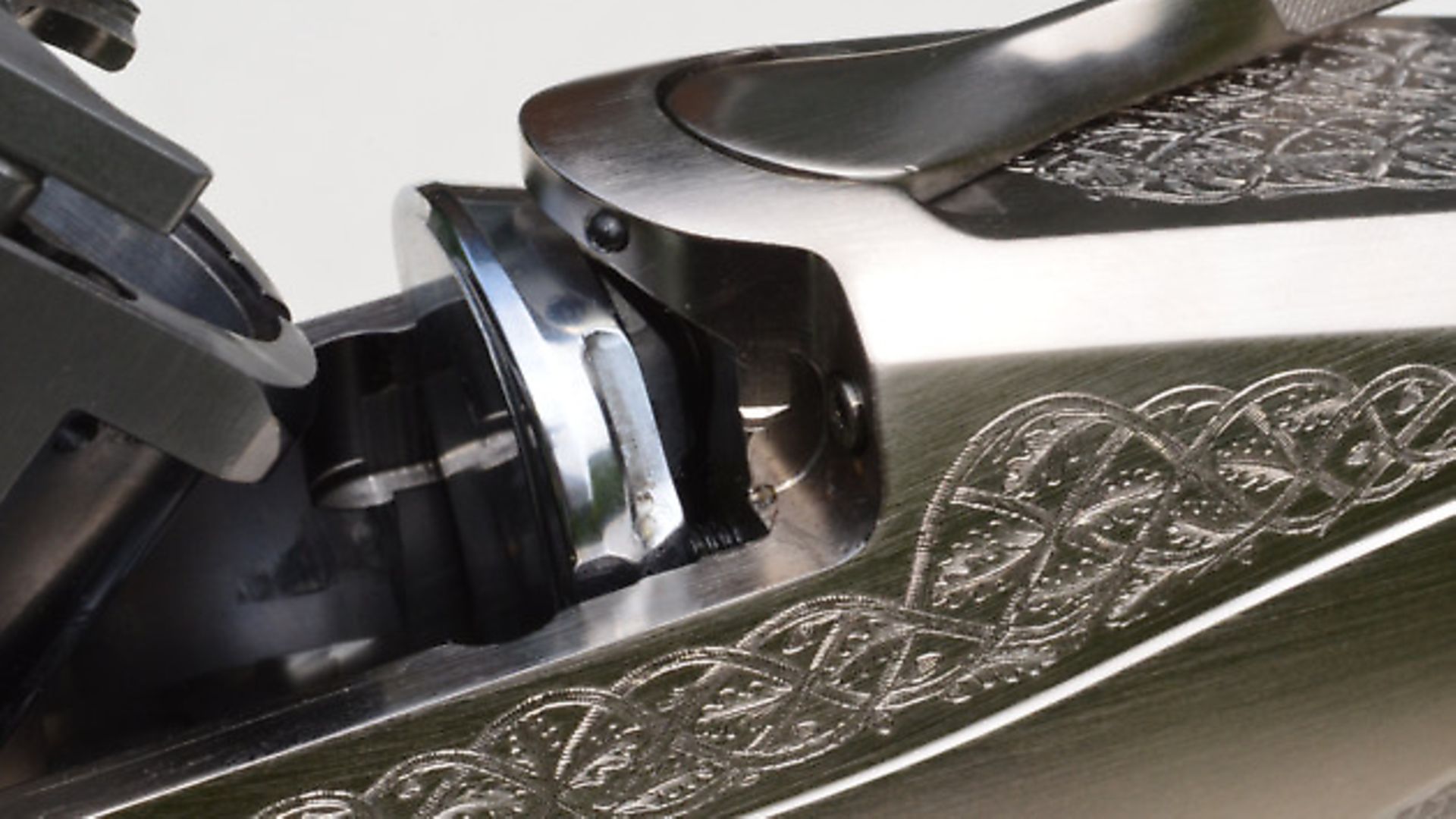 credit: Archant
credit: Archant
Features and technical functionality
The new Benelli is a product of high technology and has many unusual features. It is built around a clever action design (discussed later in more detail). The aluminium receiver functions – much as those in many modern repeaters – merely act as an envelope to secure the barrels, bolting and a detachable trigger lock. It is under minimal stress at the moment of firing. The stresses are all taken up by steel parts which lock into each other, allowing for a strong design but one based on a light alloy action. There is also an extraordinary ejection system which is tripped on firing by pressure pulse directed to its mechanical parts via holes drilled in the chambers.
The 26” monobloc barrels are 3” (76mm) chambered and fleurs-de-lys steel proofed. They have no side ribs, bar short sections forward to hold them together. Atop sits a 7mm carbon fibre sighting rib (another feature which helps to keep overall weight down). The tubes are made from cryogenically-treated steel (which is frozen to create a more even grain structure with claimed lubricity and ballistic benefit). Bores are quite tight at 18.4mm – forcing cones are longer than average, however. The barrels are slightly – almost imperceptibly – flared at the muzzles to accommodate long chokes (five supplied) which are also cryogenically treated. With the short, relatively light barrels, the 828 is less muzzle heavy than the modern machine-made norm.
 credit: Archant
credit: Archant
The Benelli’s stock is made from pleasantly figured walnut. The butt is adjustable, as noted, with various shims for cast and drop (similar to many semi-autos but offering more variation). Interchangeable rubberised cheek-pieces allow for further alteration to comb height. There is also an interchangeable recoil pad which to its rear (hidden in the stock) incorporating interlacing polymer buffers. The grip has slight ambidextrous palm swells and is fish-scale chequered. The rounded fore-end has similar chequering, subtle thumb grooves and an Anson rod-type fastener.
The action of the 828 is truly remarkable. It retains stud pin hinging as seen in many over-and-unders. Their bearing surfaces, however, are not under pressure on firing. The studs themselves are part of replaceable steel machinings dovetailed on either side at the front of the alloy action body (also incorporating the bearing surfaces of the knuckle).
The standing breech is a hinged steel component that tilts as the gun is closed. At its base there is a slot into which a shallow lug, machined into the rear of the monobloc, locates. At the top of the monobloc there are extended barrel shoulders into which rotary bolts from the action face engage. There is a functionally conventional sliding safety-cum-barrel-selector on the flattened top of the action. Ejectors are in line and driven by helical springs and, as discussed, most ingeniously use air pressure on firing to trip their mechanism.
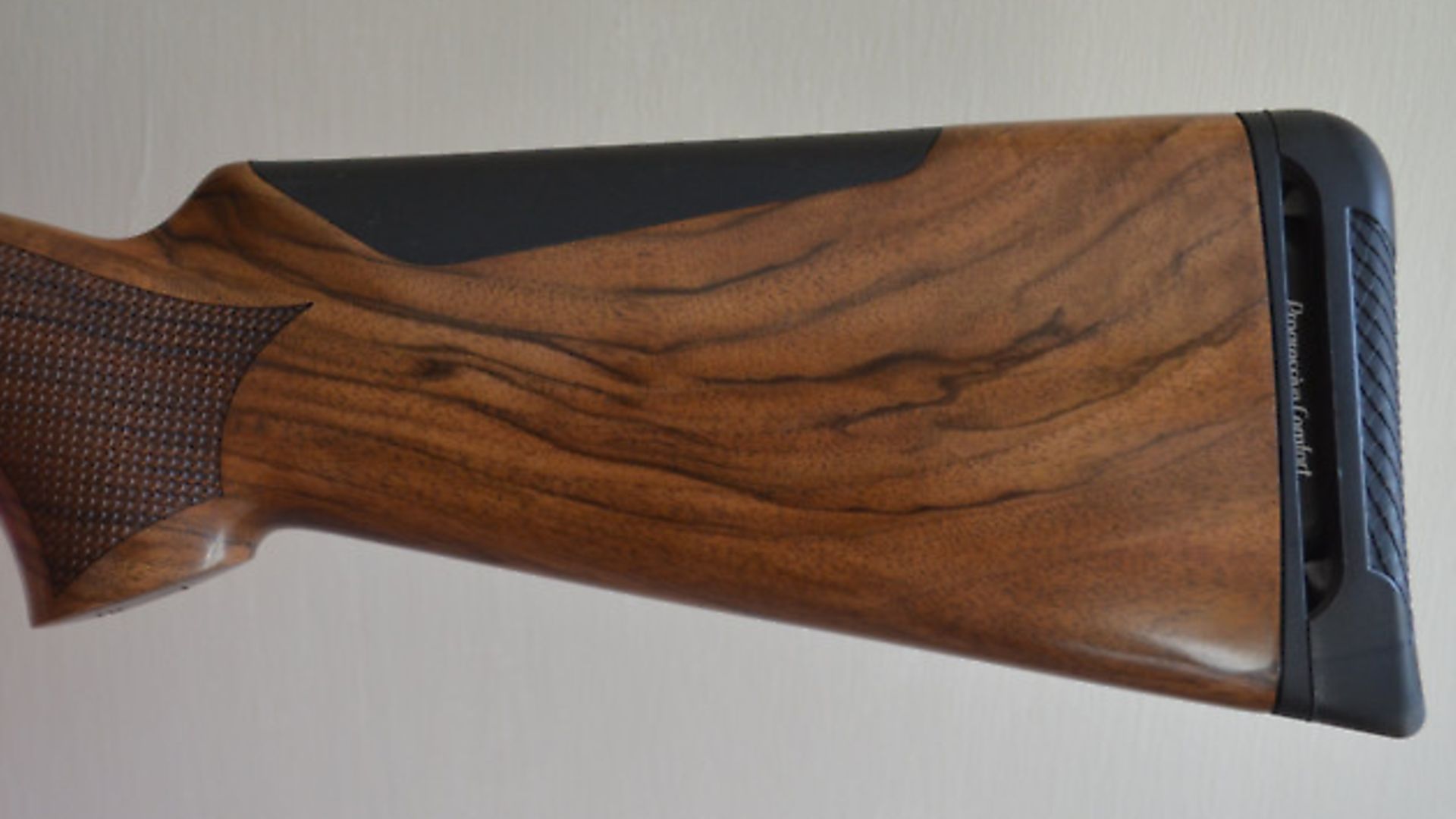 credit: Archant
credit: Archant
How was it to shoot?
The test gun had short 26” barrels and weighted only a little over 6lbs. I was using my normal test fodder – Lyalvale Express 28g High Velocity cartridges. I found the felt recoil was sharp and confirmed my preference for longer barrels.
Mechanical function of the gun and the ergonomics of the stock and metal work all impressed. However, frankly, I just did not get on with it. Despite a lot of recoil features it was still all too noticeable with the light overall weight. You can’t beat physics. It will also have detractors due to its unconventional appearance, but the engineering and innovation certainly impressed me.
I may be wrong, but I felt like maybe the design team held full sway in creation of the finished product – it may have benefitted from additional practical input. I would like to try this with the longer, 28” barrel option before passing final judgement.
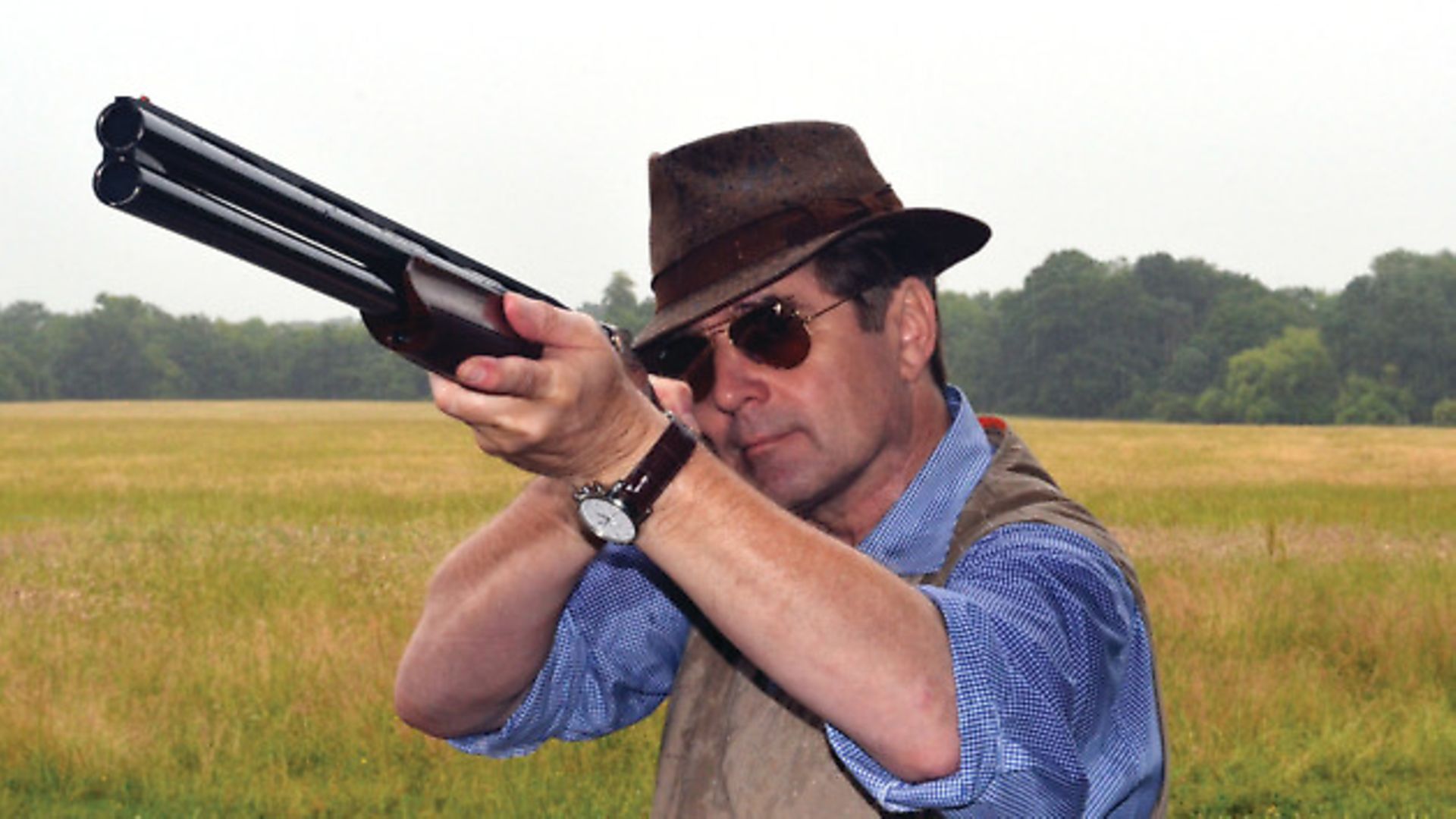 credit: Archant
credit: Archant